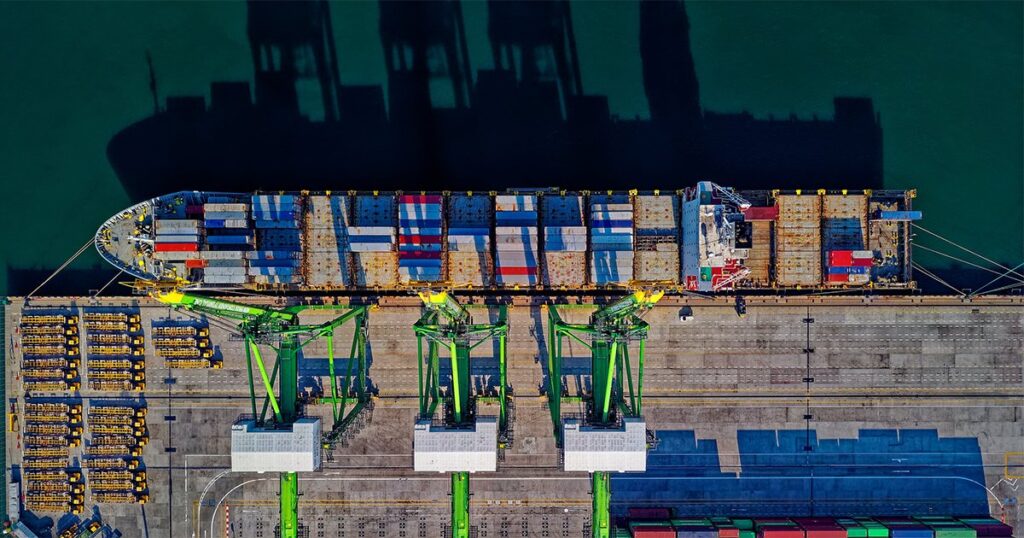Just like the human body functions healthily because of the blood vessels carrying blood from one organ to the other, a city’s development is also dependent on the development of its road network. Roads act as connectivity between places.
The first sign of a developed country is its road network. The United States and Europe are the best examples. Connectivity not only ensures seamless transition of people but also goods from one place to the other.
If there are restrictions or congestions in the blood vessels, then the flow of blood also gets restricted. Similarly, if road, air and water connectivity are not well-developed then the progress of the country or city gets restricted. And connectivity is the key factor for efficient logistics.
Managing the flow of goods is the most complex operation wherein every single link in the supply chain has to be foolproof. Any lacunae in the movement of goods or poor logistics can adversely affect the business at its base leading to overall chaos and ultimately in cost escalations.
Also, to maintain the smooth flow of goods from the point of supply to the final destination, many companies spend a lot. This leads to the Indian logistics market being expensive than many other countries. There was a dire need to reduce the logistics cost in India and improve competitiveness in the global market.
Prime Minister Narendra Modi’s landmark National Logistics Policy in September 2022, thus, comes as a big respite to the logistics industry. The aim is to reduce the cost of logistics from 13-14% to 10% or less. In China and many other countries, this cost is a mere 4%. The Indian government is ambitious to bring down the cost to a single digit percentage in the near future.
Being in this field for decades and facing the hurdles to provide efficient logistics services, it is a welcome decision for me and the entire logistics sector. The Indian government has now understood the importance of logistics. It is a good sign that the government is boosting the infrastructure. This will also lead to more export and will add to the country’s economy.
India is surrounded by sea on three sides but the waterways are not developed even for domestic transport. These will be developed due to the government’s NLP. In addition, with CNG, bio-diesel and other green energy being developed, the cost and pollution levels will also be reduced. Also, more number of educated people will come into the logistics sector with institutions providing specializations in supply chain management and the government’s better facilities to manage this sector.
Following are some of the benefits of NLP in a nutshell –
- Reduction in costs
- Improved infrastructure
- Digitalization to speed up the process
- ULIP will bring all the digital services related to the transportation sector into a single portal
- Exporters will be freed from a host of very long and cumbersome processes
- Under the mega policy vision, a new digital platform Ease of logistics Services – e-logs has also been started.
- Seamless movement of goods and enhancing the competitiveness of the industry with focus on process re-engineering, digitisation, and multi-modal transport
- Faster growth after two pandemic-ridden years
- Roadmap to reduce fuel costs and lower logistics costs
- Improve the competitiveness of Indian goods, enhancing economic growth and increasing employment opportunities
